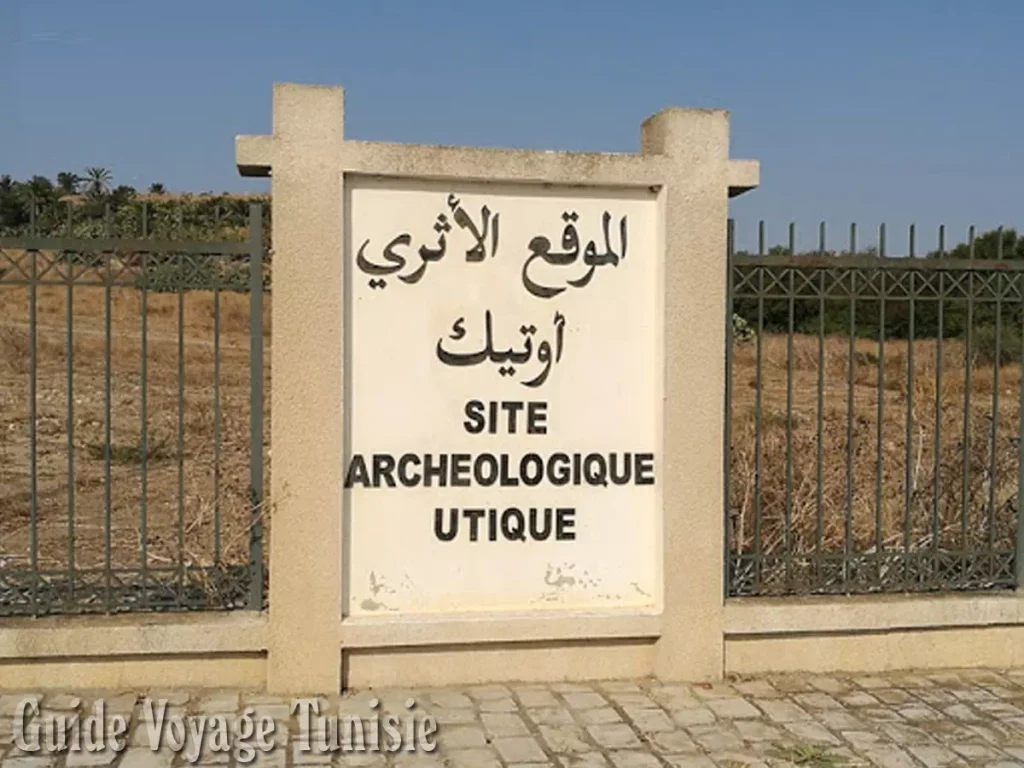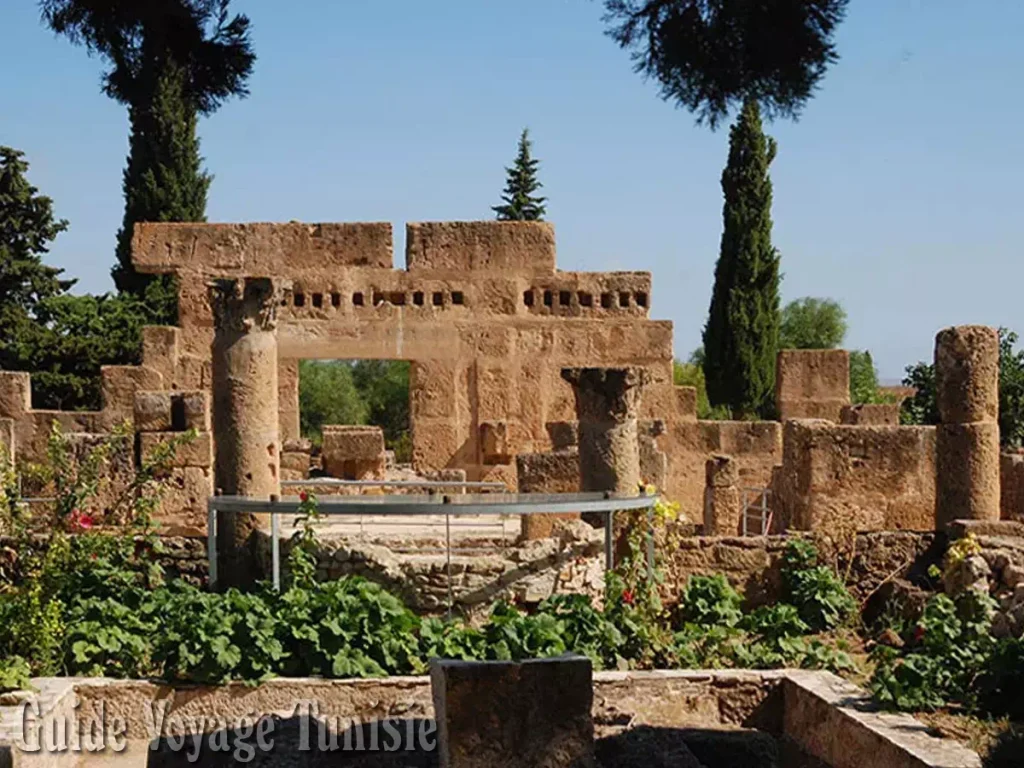Utica archaeological site
The Utica Archaeological Site is one of the very first Phoenician counters established on African soil, probably around 1100 BC (Pliny even specifies: 1101!).
Elder of Carthage, Utica played the role of capital for a long time before being eclipsed by its neighbor founded at the end of the 9th century BC but rapidly growing in power. Associated, sometimes in spite of itself, with the destiny of its neighbour, the city knew good times and dark times. But, at the decisive turning point of the confrontation between Carthage and Rome, she knew how to line up on the right side, which, in 146 BC. J-C., earned him the privilege of becoming, for 130 years, the capital of Africa. Then, it happened to it what happened to most of the ancient cities of Tunisia: a diverse fortune sealed in the 7th century by an irremediable decline.
The archaeological site of Utica, which covers a very modest area, is today located 12 km from the sea following the deltaic filling of the mouth of the Medjerda river. It has a few buildings on the surface, in particular this superb “cascade house”, but also other houses, temples, a forum, thermal baths, traces of theatres, circuses, amphitheatres, etc.
Less spectacular but perhaps more important is the underground level that was cleared and brought to light a Punic necropolis. Burials dating back to the 7th century BC. J-C. delivered precious funerary furniture which tells us about the beliefs that prevailed at that time as well as the way of life of the population and its activities, etc.
Situation
North
To See
site
museum
Opening Hours
From 16/09 to 31/05: 08.30 – 17.00
From 01/06 to 15/09: 08.00 – 19.00
Schedule Ramadan 8:30-17:00
Entrance fee
8 Tnd
Remarks
The museum is closed on Mondays
Amenities
Bathroom
Shop
Cafeteria
Utica in pictures

